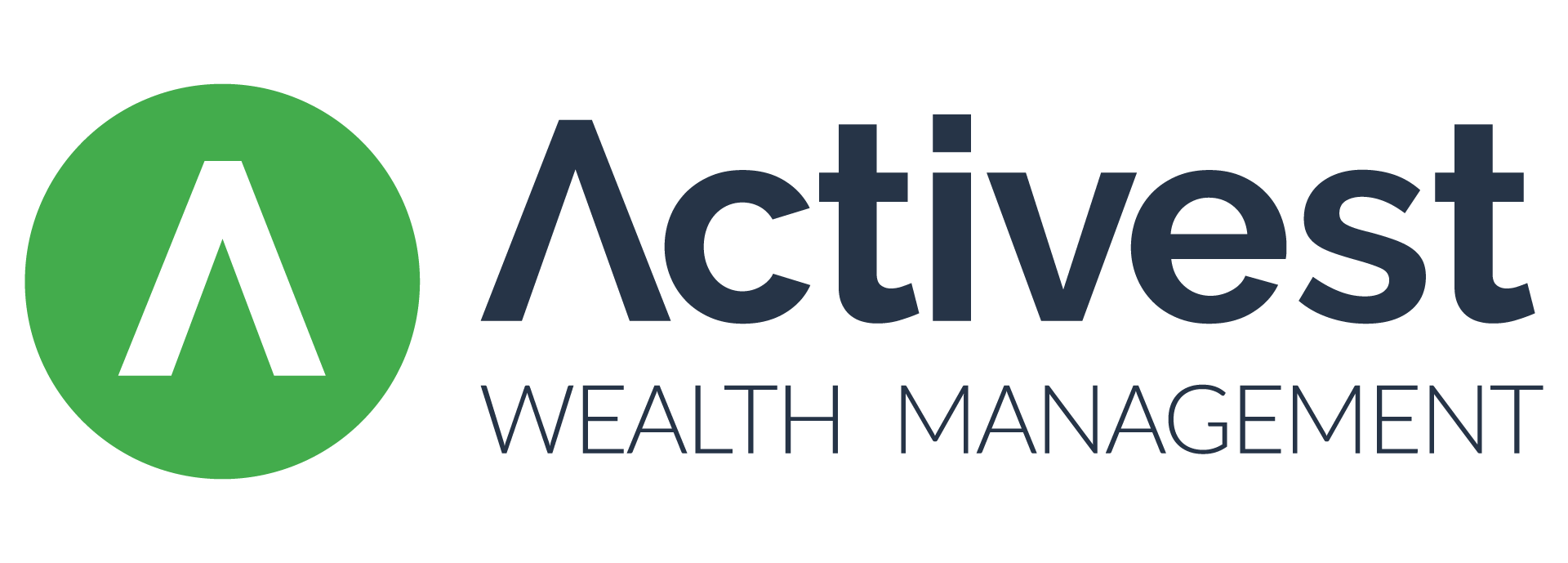The importance of the consumer within the U.S. economy cannot be underestimated, being the main engine of growth, accounting for ~70% of its Gross Domestic Product (GDP). For this reason, we present some perspectives because, so far, the consumer has shown resilience, supported by a strong labor market, excess savings in the wake of the pandemic, and wage increases. However, some deterioration has begun to show, which could imply some challenges in the short-term. Important points:
- Deteriorating consumer sentiment and record indebtedness: Consumer confidence has now fallen for three consecutive months in the face of high interest rates and persistent inflation. On the other hand, household debt reached a record US$17.7 trillion in the first quarter of 2024, with default rates rising, especially on credit card debt. Despite this, debt servicing costs remain manageable because 75% of households have a mortgage with a 4% rate, compared to the current rate of around 7%.
- Caution in consumption patterns, with healthy balance sheets: Consumers, especially in the lower income segments, are becoming more cautious with their spending. This trend was evident in recent retail sales reports, as well as in the recent quarterly reporting season, where companies such as Amazon and Pepsi emphasized a preference for more economical options. For their part, household balance sheets prevail strong, supported by a rising stock market, rising home values and higher interest rates on savings accounts, allowing families’ net worth to increase. The mix of these elements has been a key component in the resilience of consumer spending.
- Real wage growth: The combination of healthy labor markets and the disinflationary process have contributed to growth in real incomes over the past 12 months. While there are some concerns that this favorable trend may stall as the labor market cools and inflation remains stable, there is reason to believe that this dynamic in wages will continue.
- Increased signs of defaults: In this regard, the FED in New York cited that nearly 1 in 5 borrowers are now “maxed out” on their credit cards and that the percentage of balances moving into serious default (i.e., 90 days past due) has risen to the highest level since 2011. While this is usually a worrisome sign for an economy driven by consumer spending, total outstanding debt at some point in default (~3.3%) is still quite low.
Under this context, economic growth estimates for this year remain around ~2.3%, supported by modest employment generation, the ability to continue witnessing increases in real wages and household net worth at record levels (US$156 trillion at the end of 4Q23).
Household debt service payment as a percentage of disposable income

Source: Raymond James
